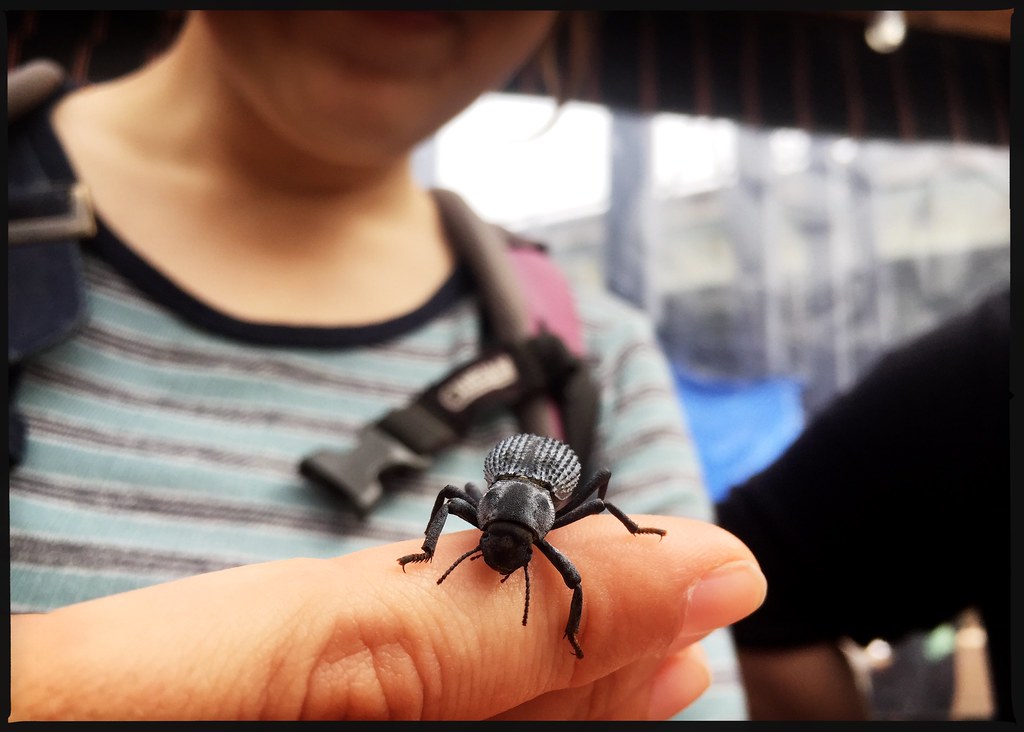The world of pet ownership extends far beyond cats and dogs, with many enthusiasts turning to the fascinating realm of insect keeping. These tiny creatures offer a unique ownership experience—they require minimal space, are often inexpensive to maintain, and display some of nature’s most extraordinary adaptations. For those seeking unusual companions, legally owned pet insects can provide endless fascination while teaching valuable lessons about biology, ecology, and responsible care. From colorful beetles to mesmerizing mantids, the variety of insect species available to hobbyists continues to grow as interest in arthropod husbandry expands. Before diving into this specialized hobby, it’s essential to understand which species make suitable pets, what they require to thrive, and the regulations governing their ownership.
Stick Insects: The Masters of Camouflage

Stick insects, or phasmids, represent some of the most beginner-friendly and visually striking insects in the pet trade. These remarkable creatures have evolved bodies that mimic twigs, leaves, and plant matter so effectively that they can disappear into foliage even when in plain sight. Species like the Indian stick insect (Carausius morosus) and the Giant Prickly stick insect (Extatosoma tiaratum) make particularly good pets due to their docile nature and relatively simple care requirements. Most stick insects thrive on a diet of fresh leaves from specific plants—blackberry, raspberry, oak, and rose being popular choices depending on the species. Their life cycle, which includes watching eggs hatch into miniature versions of adults that grow through several molts, provides a fascinating window into insect development for hobbyists of all ages.
Praying Mantids: Charismatic Predators

Praying mantids have captivated humans for centuries with their distinctive prayer-like posture and lightning-fast hunting abilities. These intelligent predators possess a remarkable ability to track movement with their rotating heads and binocular vision, making them among the most engaging insects to observe. Species like the Chinese mantis (Tenodera sinensis) and the Ghost mantis (Phyllocrania paradoxa) are legally available to hobbyists in most regions. Mantids require live food such as crickets, fruit flies, or other appropriately sized insects, making them slightly more demanding than herbivorous pets. Their fascinating behaviors—from their meticulous cleaning rituals to their calculated hunting techniques—offer endless entertainment value for owners. Many keepers report that mantids seem to recognize their caretakers and display what appears to be curiosity about their surroundings.
Madagascan Hissing Cockroaches: Gentle Giants
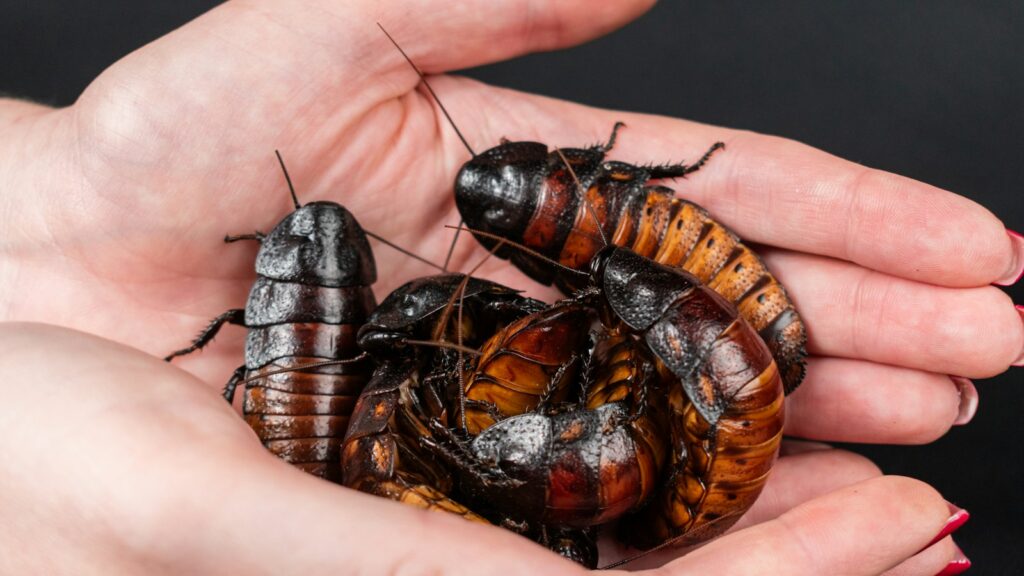
Despite the negative reputation of their household pest cousins, Madagascan hissing cockroaches (Gromphadorhina portentosa) have become beloved exotic pets known for their docile temperament and fascinating behaviors. These impressive insects can grow up to three inches long, with males developing distinctive horns on their pronota that they use in competition for mates. Their name comes from the audible hissing sound they produce by forcing air through specialized breathing pores when disturbed or during courtship rituals. Hissers require minimal care—a simple enclosure with hiding places, fresh vegetables, fruits, and dry dog food provides everything they need to thrive. With lifespans of up to five years, these social insects often become surprisingly interactive pets that can be safely handled and may even recognize regular caretakers.
Rhinoceros Beetles: Living Tanks
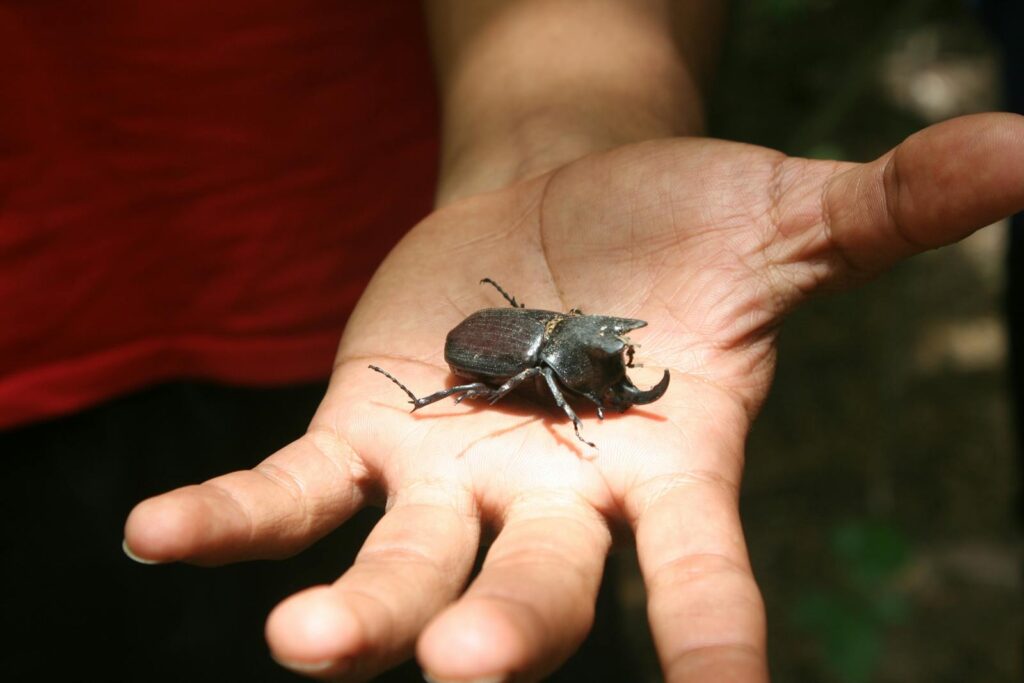
Rhinoceros beetles represent the tank-like heavyweights of the insect world, with some species capable of carrying up to 850 times their body weight. These impressive beetles, belonging to the subfamily Dynastinae, feature dramatic horns on males that resemble those of their namesake mammal. Popular pet species include the Eastern Hercules beetle (Dynastes tityus) and the Japanese rhinoceros beetle (Allomyrina dichotoma), though availability varies by region due to import restrictions. Caring for rhinoceros beetles involves maintaining a terrarium with several inches of substrate like decaying wood or specialized beetle jelly for adults. The complete life cycle—from egg to larva (grub) to pupa to adult—can span two to three years, though the spectacular adult stage typically lasts only a few months. Their incredible strength, impressive appearance, and the educational value of witnessing their complete metamorphosis make them prized additions to insect collections.
Giant African Millipedes: Gentle Decomposers
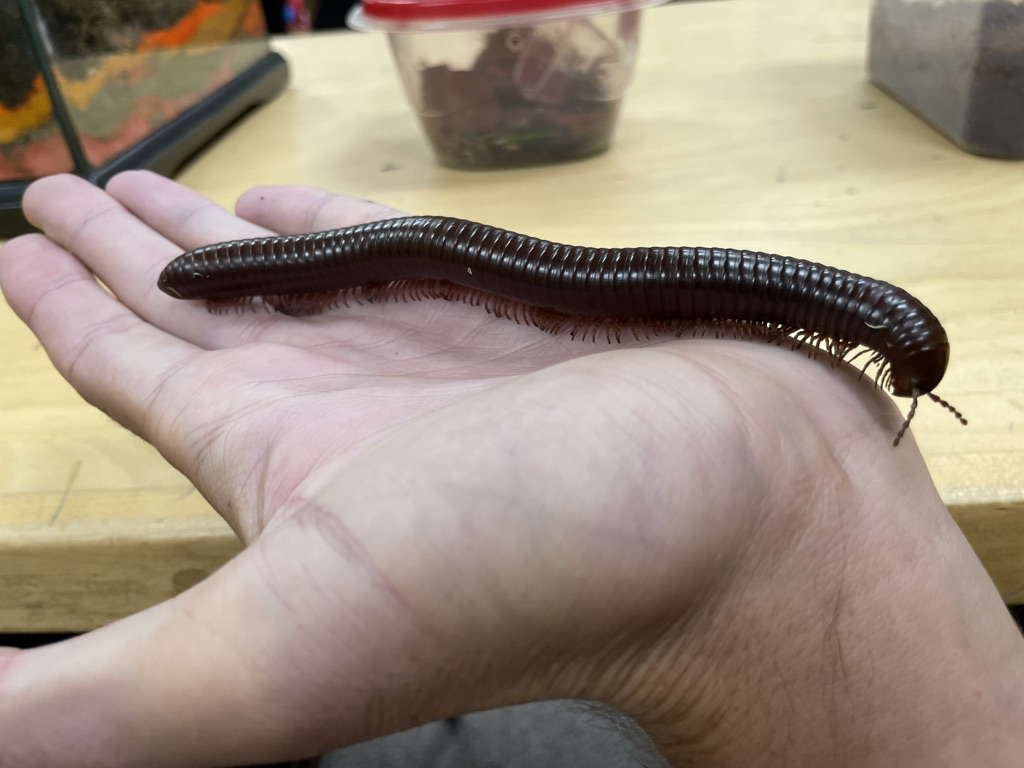
While technically not insects but myriapods, Giant African millipedes (Archispirostreptus gigas) deserve mention as some of the most impressive arthropod pets available to enthusiasts. These gentle giants can grow over 11 inches long and possess hundreds of legs that move in mesmerizing wave-like motions as they navigate their environment. Their docile nature makes them suitable for careful handling, though owners should wash hands afterward due to the defensive secretions they may release when stressed. These fascinating creatures feed primarily on decaying plant matter, making them important decomposers in their native ecosystems and easy to care for in captivity. With proper housing that includes several inches of substrate for burrowing, adequate humidity, and a diet of fresh and decomposing vegetables, these millipedes can live up to seven years, forming long-term relationships with dedicated keepers.
Leafcutter Ants: Miniature Civilizations

For those interested in observing complex social behaviors, leafcutter ant colonies offer a window into one of nature’s most sophisticated insect societies. These remarkable ants, typically species from the Atta or Acromyrmex genera, are famous for cutting and carrying leaf fragments many times their body size back to their colonies. The leaves aren’t eaten directly but rather used to cultivate fungus gardens that serve as the colony’s primary food source—essentially making these ants the world’s first farmers. Specialized formicaria (ant farms) with multiple chambers connected by tubes allow owners to observe the intricate caste system and labor division within the colony. Maintaining leafcutter ants requires significant commitment, as colonies need fresh leaves regularly, precise humidity control, and potentially years of growth before reaching maturity with a queen and various worker castes.
Orchid Mantids: Living Jewels

The orchid mantis (Hymenopus coronatus) represents perhaps the most visually stunning mantid available in the pet trade, with its spectacular flower-like appearance and vibrant coloration. These mantids have evolved to resemble orchid flowers so convincingly that they attract pollinating insects which become their prey—a strategy known as aggressive mimicry. Their bodies feature elaborate petal-like extensions and range in color from white to pink and purple, depending on their environment and age. Like other mantids, orchid mantids require live prey and careful environmental management, with particular attention to humidity levels. These specialized predators command higher prices than more common mantid species due to their spectacular appearance and somewhat more demanding care requirements. Their incredible beauty, combined with the opportunity to observe one of nature’s most remarkable examples of evolutionary adaptation, makes them highly sought after in the exotic pet community.
Blue Death-Feigning Beetles: Desert Survivors
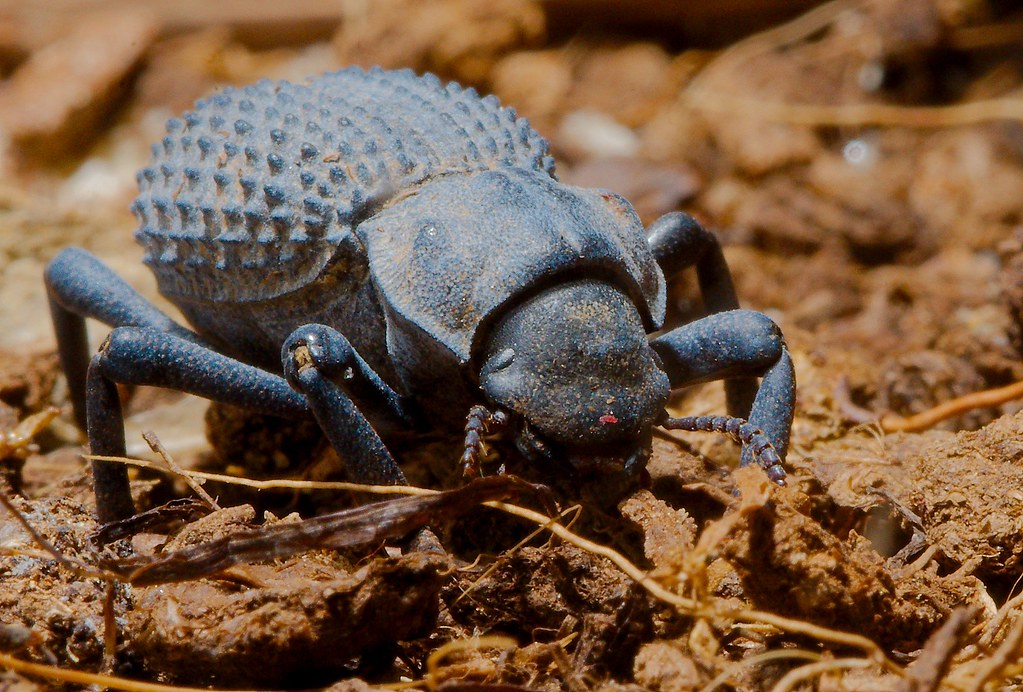
Blue death-feigning beetles (Asbolus verrucosus) have gained popularity as hardy, long-lived pet insects with distinctive appearances and amusing behaviors. Native to the Sonoran Desert, these beetles feature a striking dusty blue or indigo exoskeleton that results from a waxy secretion that helps them retain moisture in their arid natural habitat. True to their name, these beetles will play dead when threatened, flipping onto their backs and remaining motionless until the perceived danger passes—sometimes for extraordinary lengths of time. Their care requirements perfectly reflect their desert origins: dry substrate, minimal moisture, and a diet consisting primarily of fresh vegetables and occasional protein sources like dry dog food. With lifespans potentially exceeding 15 years in captivity, these beetles represent one of the longest-lived insect pets available, offering the possibility of a long-term companion for dedicated enthusiasts.
Domino Cockroaches: Striking Alternative Pets
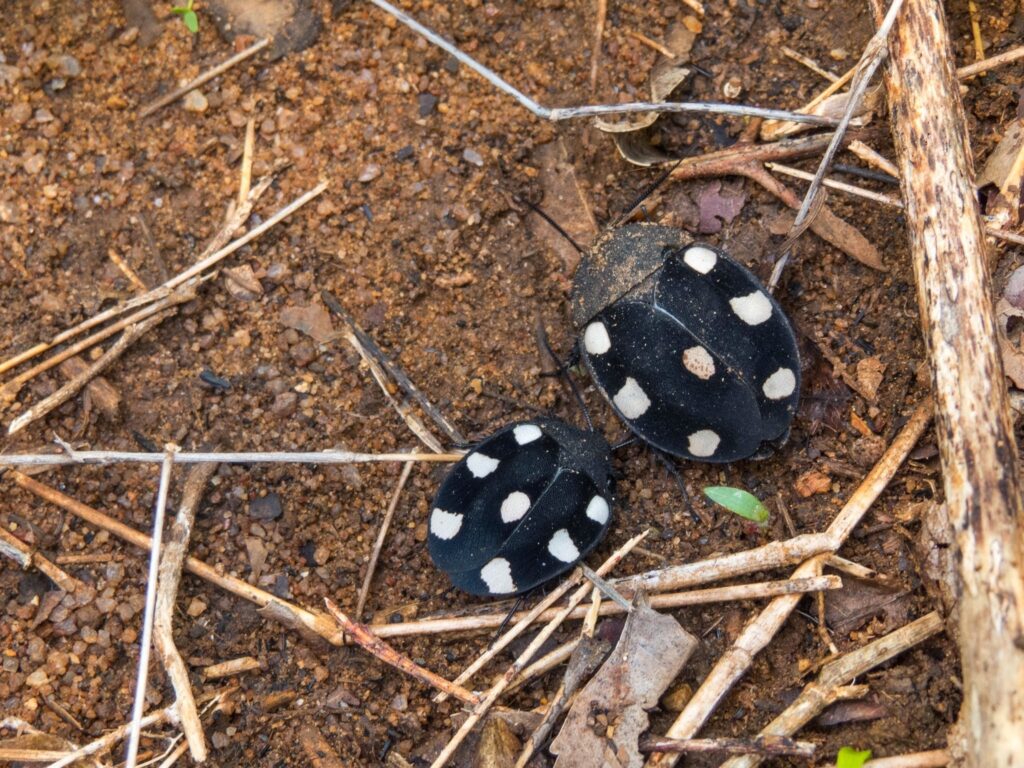
The domino cockroach (Therea petiveriana), also known as the Domino or Zebra roach, offers a distinctly beautiful alternative to typical pet insects with its striking black and white patterning. Unlike the negative associations with pest species, these non-invasive cockroaches are clean, odorless, and cannot climb smooth surfaces, making them unlikely to escape their enclosures. Native to regions of India and Southeast Asia, domino roaches thrive in simple setups with substrate for burrowing, hiding places, and regular feeding of fresh fruits, vegetables, and dry dog food. Their moderate size (about 1-1.5 inches), distinctive appearance, and relatively simple care requirements make them excellent choices for beginners in the insect-keeping hobby. These cockroaches typically live 1-2 years and will reproduce in captivity, allowing owners to observe their complete life cycle from egg case (ootheca) to nymph to adult.
Assassin Bugs: Specialized Predators
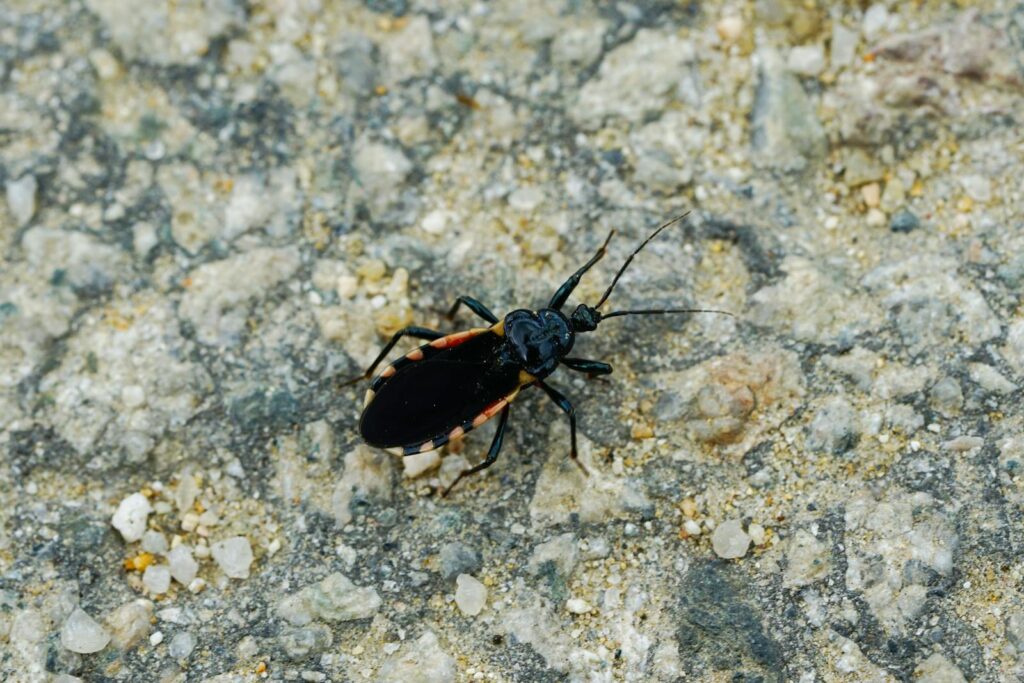
Assassin bugs from the Platymeris genus, particularly the Platymeris rhadamanthus (Black and White Assassin Bug), have become increasingly popular in the exotic pet trade due to their dramatic appearance and hunting behaviors. These predatory true bugs feature contrasting black and white or black and orange markings that serve as warning coloration in nature. Owners should exercise caution when handling these insects, as they possess a painful bite and can project defensive spray if threatened. Assassin bugs hunt live prey with specialized piercing mouthparts, injecting digestive enzymes into their victims and consuming the liquefied contents—a fascinating if somewhat gruesome process to observe. Their enclosures should include several inches of substrate for burrowing, climbing structures, and regular feedings of appropriately sized live insects. With proper care, these remarkable predators can live for 1-2 years, providing a glimpse into the specialized hunting adaptations that have evolved in the insect world.
Tarantula Hawks: The Ultimate Wasp Pets

For experienced insect keepers seeking a truly unique challenge, tarantula hawk wasps (Pepsis and Hemipepsis species) represent some of the most spectacular—and demanding—insects legally available as pets. These massive wasps, known for hunting tarantulas in the wild, feature metallic blue-black bodies with striking orange or red wings and can reach over two inches in length. It must be emphasized that these insects possess one of the most painful stings in the insect world, rating among the highest on the Schmidt Pain Index, and should only be kept by knowledgeable enthusiasts with proper safety precautions. Adult tarantula hawks feed primarily on nectar and require spacious, escape-proof enclosures with flowering plants or sugar-water solutions. Their sophisticated hunting behaviors, impressive size, and dazzling appearance make them objects of fascination for those prepared to accommodate their specialized needs and respect their defensive capabilities.
Legal Considerations and Responsible Ownership
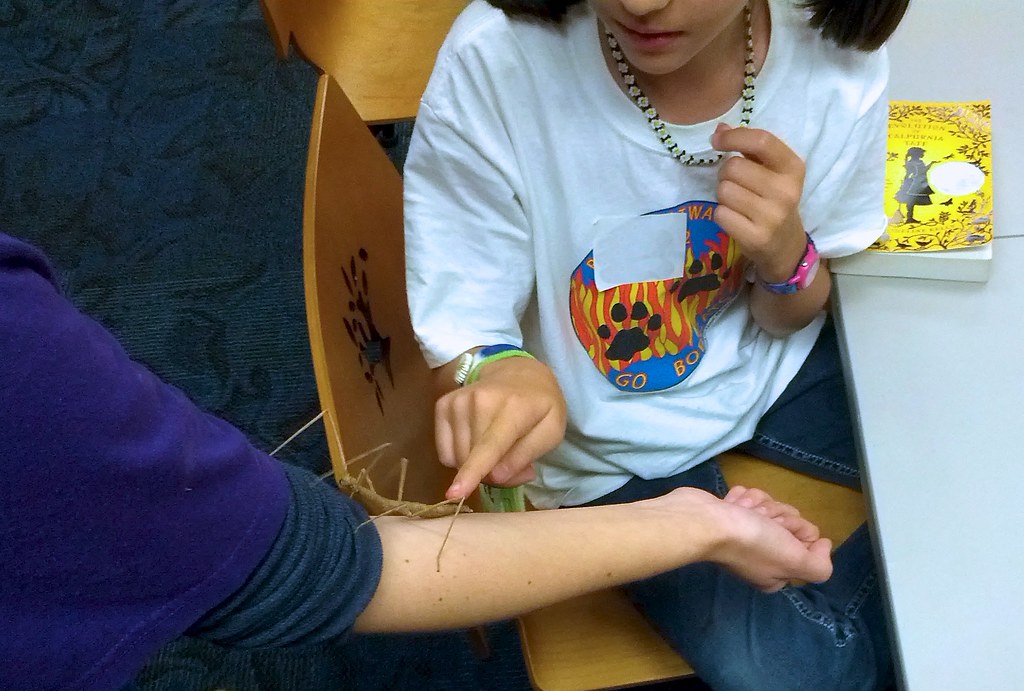
Before acquiring any exotic insect pet, potential owners must thoroughly research the legal regulations governing their possession. Many jurisdictions have strict laws prohibiting certain species, particularly those that could potentially become invasive or pose risks to agriculture if released. The USDA and state departments of agriculture typically regulate which species can be owned, transported across state lines, or imported from abroad. Responsible ownership extends beyond legality to ethical considerations—insects should be sourced from reputable breeders rather than wild-caught specimens whenever possible to minimize environmental impact. Owners must also have plans for the entire lifespan of their insects, including what to do with offspring if breeding occurs. Perhaps most importantly, exotic insects should never be released into the wild, as they can devastate local ecosystems and native species if they establish invasive populations.
Creating Proper Habitats for Insect Pets

Successful insect keeping hinges on recreating the essential elements of a species’ natural habitat within their enclosure. For most pet insects, this means considering factors like temperature, humidity, substrate type, hiding places, and climbing or burrowing opportunities appropriate to their specific needs. Many species require gradient environments where they can self-regulate by moving between warmer and cooler or more humid and drier areas of their habitat. Ventilation is crucial for preventing mold growth while maintaining appropriate humidity levels, with mesh panels or specially designed lids often providing the ideal balance. Naturalistic setups incorporating live plants, wood, rocks, and other elements not only create more stimulating environments for the insects but also often result in more natural behaviors that owners can observe and enjoy. Research into a species’ natural habitat provides the blueprint for creating captive environments where these fascinating creatures can truly thrive rather than merely survive.
Conclusion
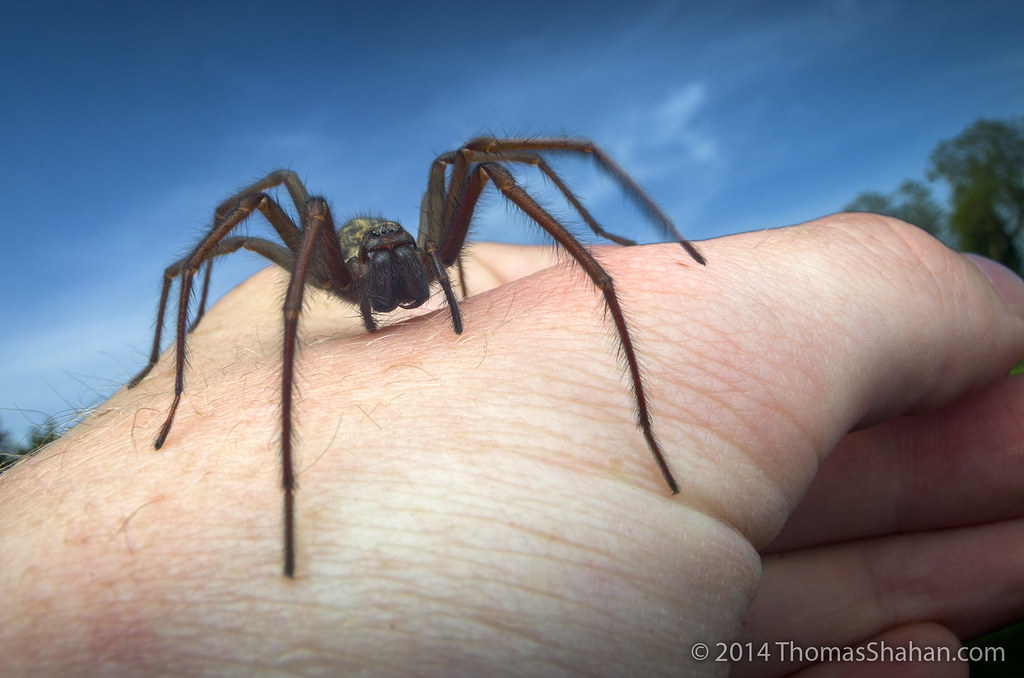
The world of insect keeping offers a unique window into the incredible diversity and specialization of arthropod life. From the gentle giants like millipedes to the specialized predators like mantids, these small creatures provide endless opportunities for observation, education, and appreciation of evolutionary adaptations. While they may never greet you at the door like a dog or curl up in your lap like a cat, insect pets offer their own distinct rewards—witnessing remarkable behaviors, observing complete life cycles, and gaining a deeper understanding of the most numerous and diverse animal group on our planet. For those willing to learn their specific needs and provide appropriate care, these tiny marvels can become fascinating companions that change how we perceive the invertebrate world around us.

